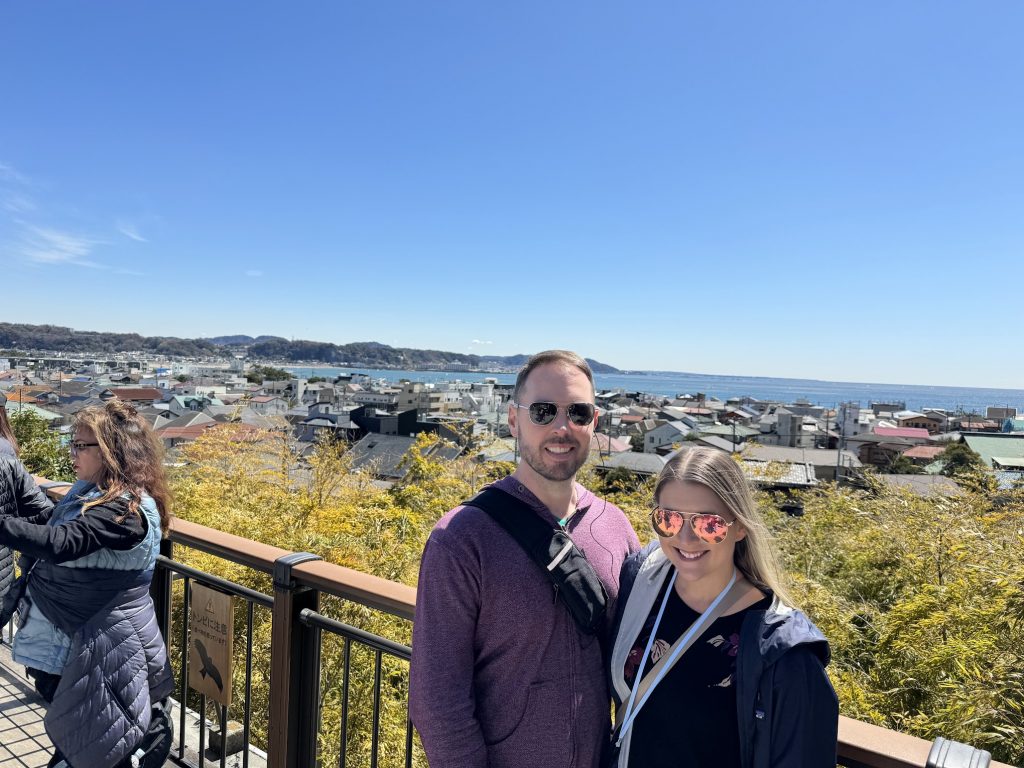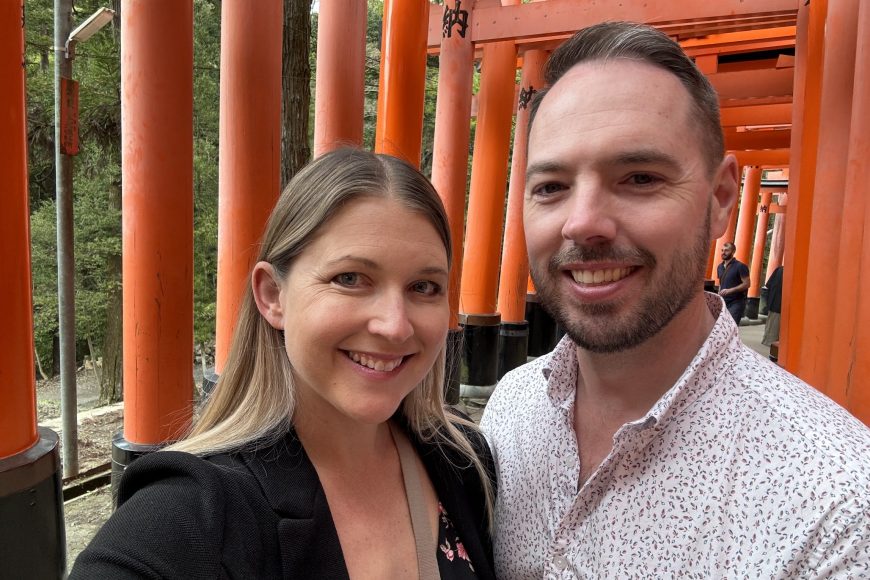There are always some surprising things about travel. Some are good, some are not so great, and some are just interesting.
It’s interesting to discover new foods, hear new languages, and learn about different cultures.
We knew we’d be in for some culture shock on our first visit to Japan – same as it was the first time we went to Europe! What do you mean I can just take whatever seat I want at this restaurant? What do you mean you don’t come around and check in on our table and see if we need ketchup or another refill of Diet Coke with ice? What do you mean I have to take off my shoes at this restaurant?
Not being sure of what to expect in Japan is part of the reason we went on a group tour instead of figuring it out on our own. At least we’d have someone we could ask for help or tell us how things are done there.
For the most part, the things that surprised us or gave us culture shock about traveling in Japan were good things! We really enjoyed our time there and now know what to expect when we return.
If you’re planning a trip to Japan and it’ll be your first time there, here are some things to know before you go!
Things that surprised us about Japan
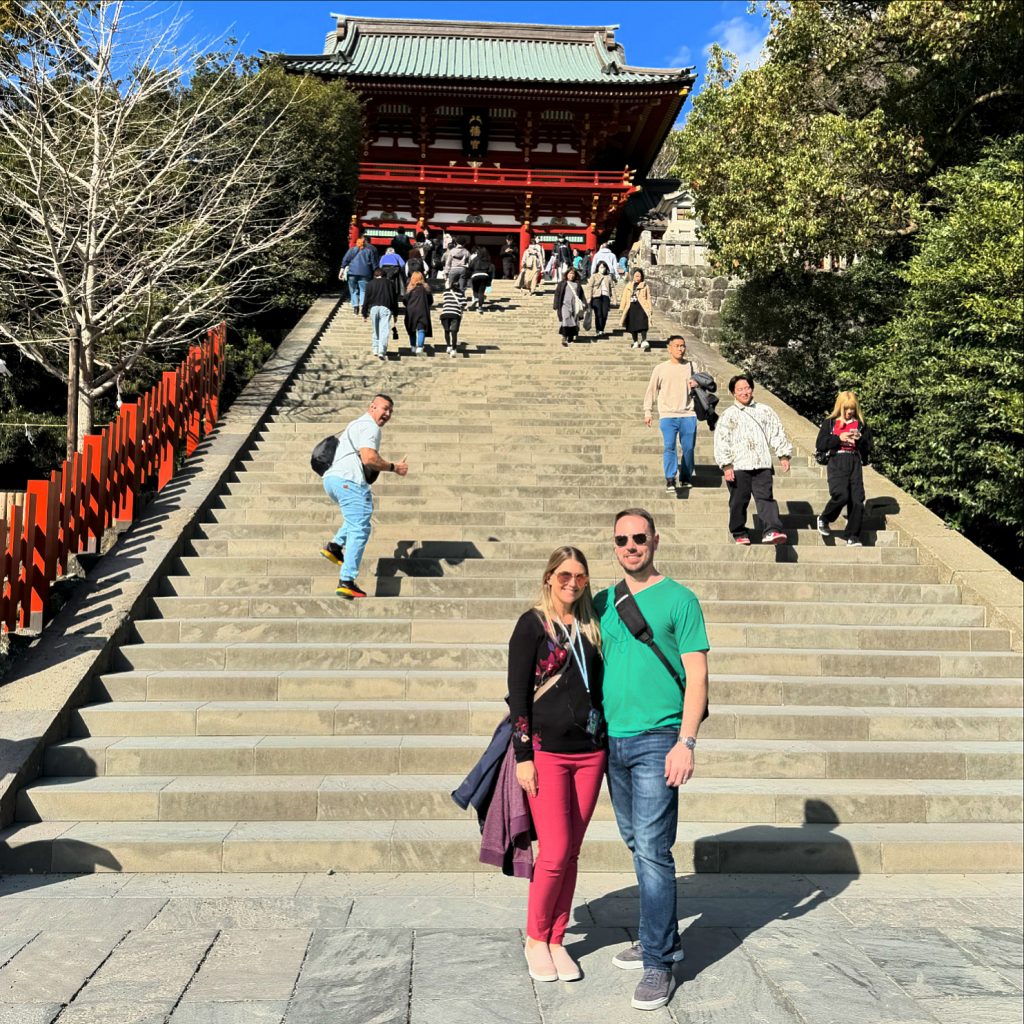
It’s still a cash-based society
You will need cash and coins while in Japan, a credit card or debit card alone won’t cut it. There are many places, especially restaurants that are cash-only establishments. Some of the fancier restaurants and many of the souvenir shops took credit cards, but some of our ramen stops were cash only.
Luckily, there are 7-Elevens practically every 20 feet so you can always find an ATM to get cash and can then buy something to break your big bills.
Also, don’t be surprised when shopping or dining out and you get handed the cash tray. You won’t pass your money directly to another person, but instead put your cash or coins on the tray. Also, try not to hide your coins under the paper bills.
There are millions of vending machines
Literally. According to japan-guide.com, there is one vending machine per 30 people in Japan. Other stats I’ve found show it’s closer to one for every 23 people, amounting to more than 5.5 million vending machines in the country.
There are vending machines everywhere! And vending machines for all types of things! Need a bottle of water? There’s a machine for that. Need some caffeine? There’s a machine for that. Need a snack? There’s a vending machine for that. Need a toy or new keychain? There’s a machine for that!
With all those vending machines, you are a bit hard-pressed to find water fountains. Plan to buy bottles of water or really load up on water at restaurants.
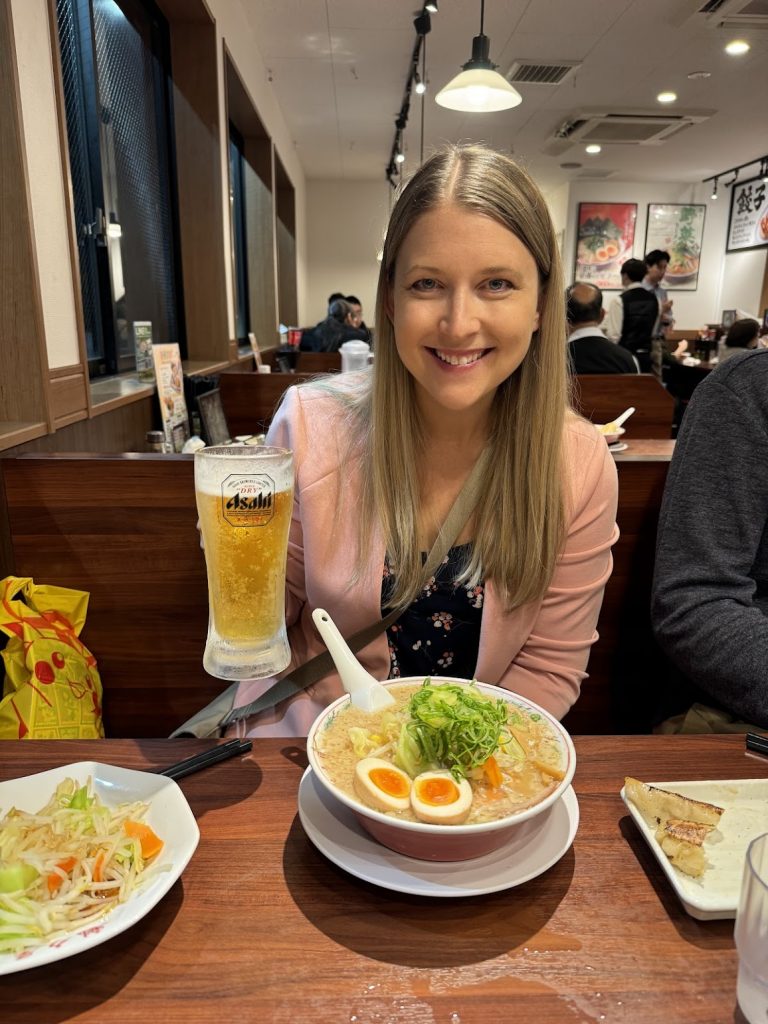
No tipping
While tipping is getting a wee bit out of hand here in the United States, tipping is still not a thing in Japan. In fact, some might consider it rude if you try to tip your server or taxi driver. You simply pay what the receipt or bill says you need to pay.
Bring your own reusable bag/tote
If you’re planning on souvenir shopping during your trip, you may want to bring a small tote bag or sturdy plastic bag to use, or you’ll end up paying for each and every bag you get. It’s not much, I’d say about 10 cents per bag, but it does slowly add up if you’re buying a lot.
Carry your trash
Be prepare to carry your trash with you until you find one of the elusive trash cans near a public bathroom or vending machine, or you might just have to carry your trash with you until you get back to your hotel room.
There are very few trash cans out and about, but Japan is super clean. Everyone just carries their trash with them until they can get rid of it without making the city dirty for others.
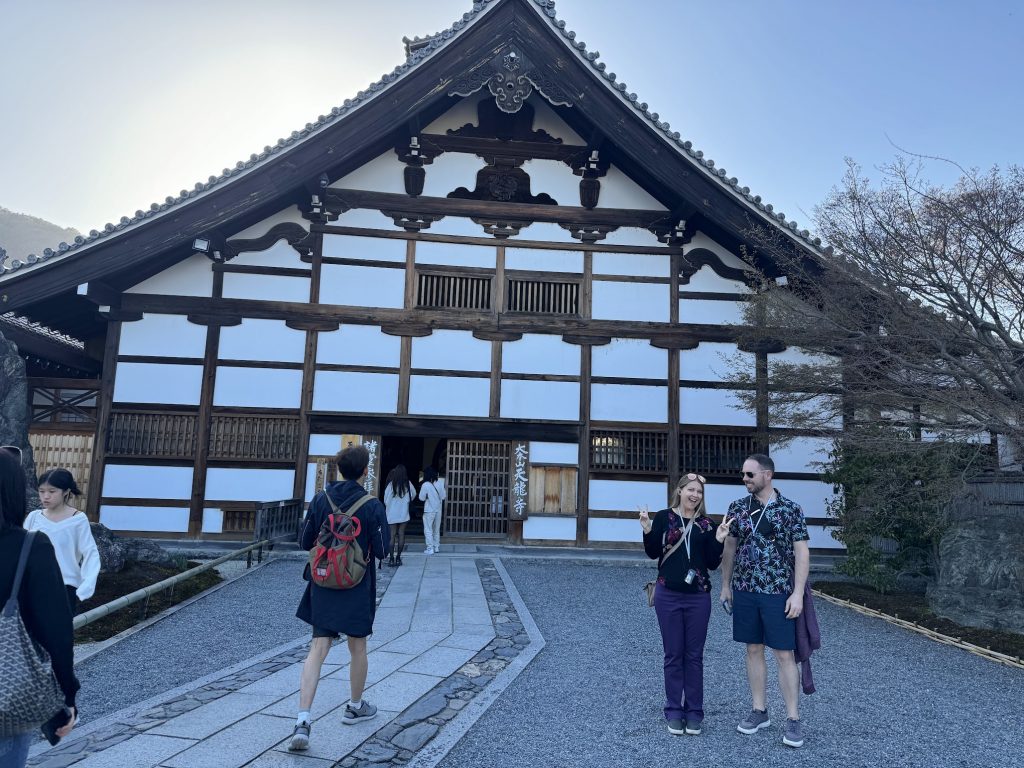
Wipe your hands
When you go to a sit-down restaurant, you’ll always get a little sanitizing cleansing wipe for your hands. Be sure to use it to clean your hands before your meal. At fancier restaurants this will be upgraded to a hot towel!
Don’t pull an Adam Sandler from The Wedding Singer and put this on as a bib!
Gotta go? No problem
One thing we don’t really love about visiting Europe is how hard it can be to find bathrooms sometimes, or if we do find them, we have to pay a euro to use it and often they’re not very clean.
Japan is the exact opposite.
I thought there were public bathrooms everywhere! And they were super nice and clean! And free to use! Depending on the location of the bathroom, some were more Western-style toilets and some were the hole-in-the-ground-you-gotta-squat option.
Now, sometimes they were on the small side so the lines could get super long, but it was a very nice surprise to not have to worry about watching our liquid intake as we never knew when we’d find a restroom.
That being said, it is very hard to find paper towels. I think there was one bathroom I used in Japan that had paper towels and a few had air hand dryers. Plan to let your hands air dry or bring your own microfiber cloth to dry your hands after using the restroom.

English hits and misses
We weren’t sure what to expect with people speaking English. We’ve become used to people in Europe speaking more English, especially those in hospitality positions or in restaurants. In Japan, it was very hit or miss.
One restaurant we went to the person who greeted us ran off to find a server who spoke a bit of English, and another place a server simply used a translator tool to get over the language barrier. In fact, there were a few instances of using translator tools or apps to communicate.
Plan to use your technology to communicate and learn a few simple phrases in Japanese to do your part in communicating with the people who call Japan home.
Now, we did notice that English translations were said on trains so we could understand what stop was coming up next and we could get English instructions to buy train tickets. And many restaurants also offered English menus.
Quiet, please
There’s no doubt about it, as Americans, we’re loud. We’re always talking and we’re often talking in public.
In Japan, expect it to feel really quiet. On the trains it’s practically silent. People may whisper to their neighbor but there are no loud conversations taking place and if you have to use the phone, there are designated areas to do so to not disturb your fellow passengers. Not going to lie, it was actually pretty nice having all that silence.
Interestingly, when it comes to dining it’s okay to make some noise! Slurping is okay during meals as it shows appreciation for the food, especially noodle-based dishes. So you won’t hear much from your fellow passengers on a train, but you may hear some sounds from your fellow diners while out and about.
Mind the line
Everything is very orderly in Japan. People line up for the trains in the right spot and in order. Most often people would just line up two-by-two, allow passengers to exit the trains and then board in an orderly fashion.
It was quite nice compared to the mad rush it can be in other travel destinations. Plus, once everyone got on the train, they kept to themselves and kept all their belongings on their person or contained in their area. No manspreading or hogging of the seats here.
Like most places around the world, be sure to give up seats for the elderly or pregnant passengers.
Drive on the left
We definitely had no plans to drive in Japan or get an international drivers license, but it is good to know that Japanese drivers drive on the left! So you’ll have to make sure you’re looking the right way when crossing the street.
Granted, no one really jaywalks in Japan. I think we saw it happen two or three times. Everyone waits for the walk signal and drivers are very cautious of people around them.
Our tour director told us that it costs about $3,000 to go through driver’s ed and get a license. Driving is taken very seriously here and it shows as we never saw any accidents, we only saw one or two drivers that were aggressive, and traffic moved smoothly. Here in America you always see others on the highway try to block out other cars from entering or making sure that the entering car gets behind, but in Japan the drivers were courteous and made room for everyone.
Even being on a bus, we never noticed other drivers fly around us or get annoyed that they had to slow down. It’s just the way it is.
Surprisingly, I heard more car honking in Kyoto than we did in Tokyo!
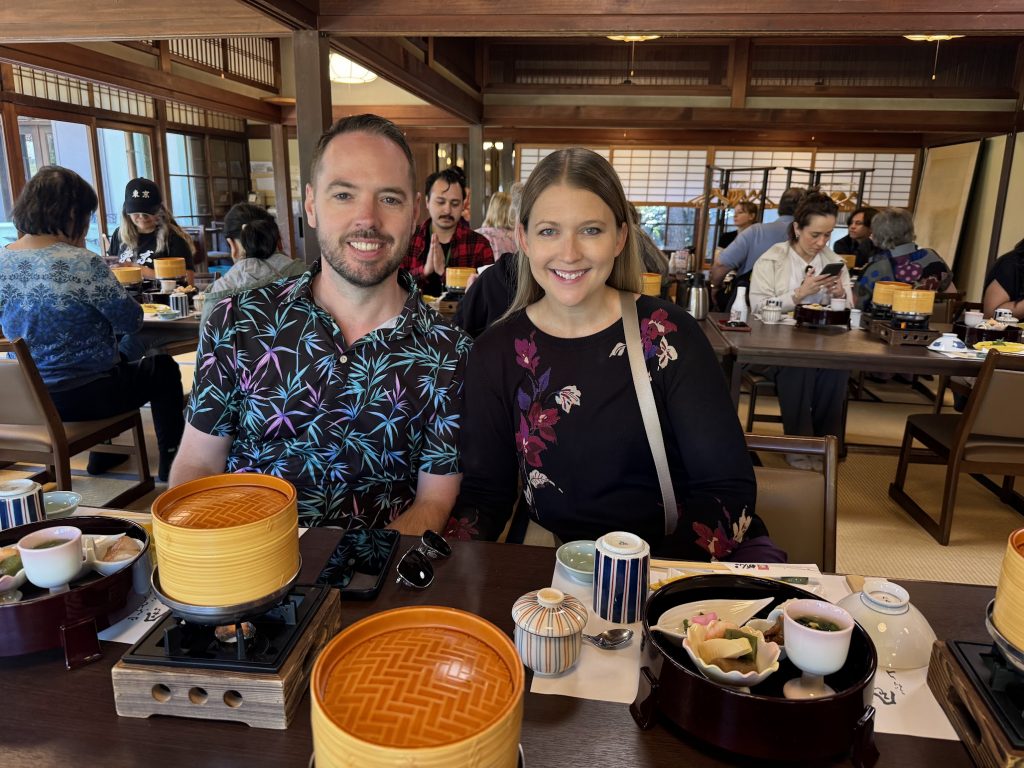
Dining
We experienced a variety of dining options while in Japan, from grab-and-go snacks, counter service ramen, and fancy timed dishes. The first ramen place we went to we learned that you pay up front, join a line, and then wait to be seated and they’ll know what you ordered and bring it to your seat. The other ramen place we went to, we went to the kiosk and got a ticket so we knew who was next up to be seated.
Most often, if you look lost or confused, someone will help you out and tell you what to do!
The great thing about dining in Japan was that the food quality was excellent, whether dining out or simply grabbing something from the convenience store (konbini). We got some great sushi and choco pies from the convenience store for about $5 USD.
When dining out with friends, be sure to honor them and pour drinks for them and try not to pour your own drinks while you’re at it! Be sure to throw in a “Kanpai!” as it’s the Japanese word for cheers.
Again, remember, you do not need to tip when dining out.
Shoes
A few of the restaurants we visited had a no shoes policy so we either stored our shoes in lockers or simply put them in cubbies. If you’re wearing sandals, it might be a good idea to pack some socks you can throw on quick if visiting this style of restaurant.
We also received slippers in every hotel room we stayed in, and made sure to take off our shoes as to not drag in dirt or contaminants into our hotel room.
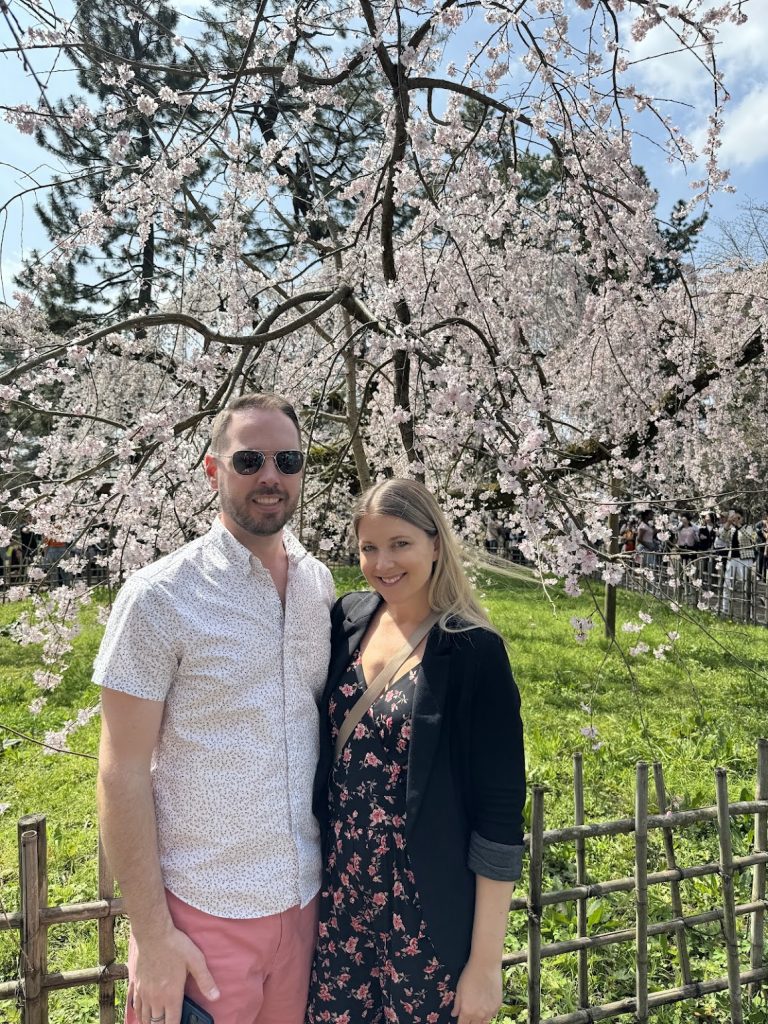
Neutral clothing
I will always think of Gwen Stefani and her Harajuku girls when I think of Japan clothing, but truth be told, most locals wore pretty neutral colors, tans, blacks, whites, and dark blues. You could spot tourists by their colorful, bright clothing.
You could also spot them by their umbrellas. Most locals had clear umbrellas whereas we all brought fun, colorful umbrellas. It makes sense as you can see through the clear ones and make sure you’re not about to hit someone else’s umbrella or simply hit another person as you walk through the crowds. If you want to blend in more, bring a clear umbrella and plan to wear basic colors.
Masks
Even before the pandemic, many Japanese people wore masks to protect their health and the health of those around them. We were there in March 2024 and saw tons of people still wearing masks, especially police officers, airport staff, servers, and our local tour guides.
It’s extremely common to mask up while out and about. I did hear that it can be even more common in the spring with all that pollen and those allergens floating about, but if you’re feeling a bit unwell, no one would bat an eye if you put on a mask.
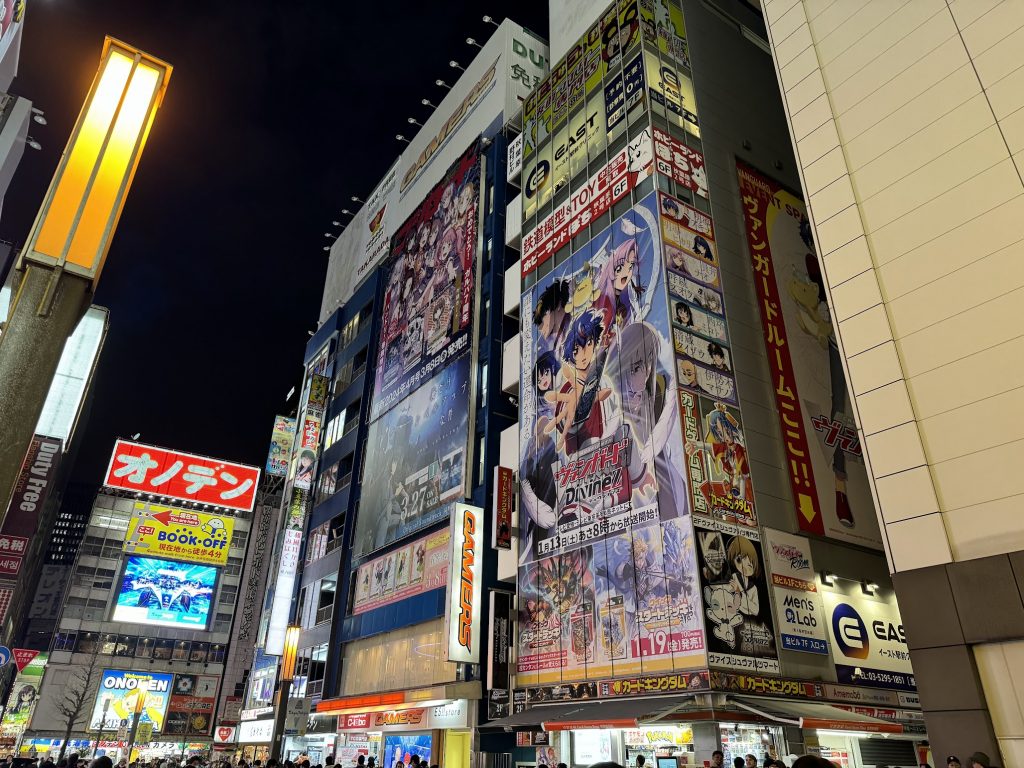
Ads
Be prepared for a ton of ads. Ads on buildings, both static and electronic. Advertisements on the train. Ads on TV. Ads on the bottom of your ramen bowl.
Just kidding about that last one!
We definitely noticed more ads in Tokyo compared to Kyoto. We couldn’t look out our bus window while driving through Tokyo without seeing 65 million ads.
At night, Rick and I would put on the TV as it’s always fun to see what other cultures consider good TV programming. It seems many Japanese viewers love game-show style TV, karaoke, and reaction-based TV, like someone reacting to a news clip. There were also interesting ads on TV as well. I did notice a ton of advertisements for beer! And a lot of the beers would have English words on them, like “Super Dry” and “Crystal.”
Nothing wrong with it, just a funny observation!
Onsen
Onsen are hot springs and are quite popular in Japan. Some of our hotels had communal onsen – and you bathe with your own sex. Some hotels had private onsen so you could share with your partner or have a bit more privacy. They’re very much like spas and gyms in that you go in the nude (hence the separation).
This was one cultural activity we didn’t do. Not that we wouldn’t, but the night we could in Odawara, we had just eaten a giant dinner and I didn’t want people wondering why an eight-month pregnant woman was getting in super hot water. When we go back, we’ll be sure to check an onsen experience off our Japan bucket list.
Safety
Lastly, Japan is definitely one of the places I’ve felt the safest in. Everyone was polite, respectful, and I was never worried about anyone trying to rob me or rip me off. Even one of our friends said he felt very safe in Japan and he’s traveled to some places that don’t provide that same feeling.
Like the carrying trash, lining up, and being respectful drivers, it’s amazing what a place can feel like when everyone obeys the rules and acts like a decent person.
Have you been to Japan? What shocked you the most about the cultural differences? If you haven’t been, what do you think will be the most surprising thing? Share your opinion in the comments below!
